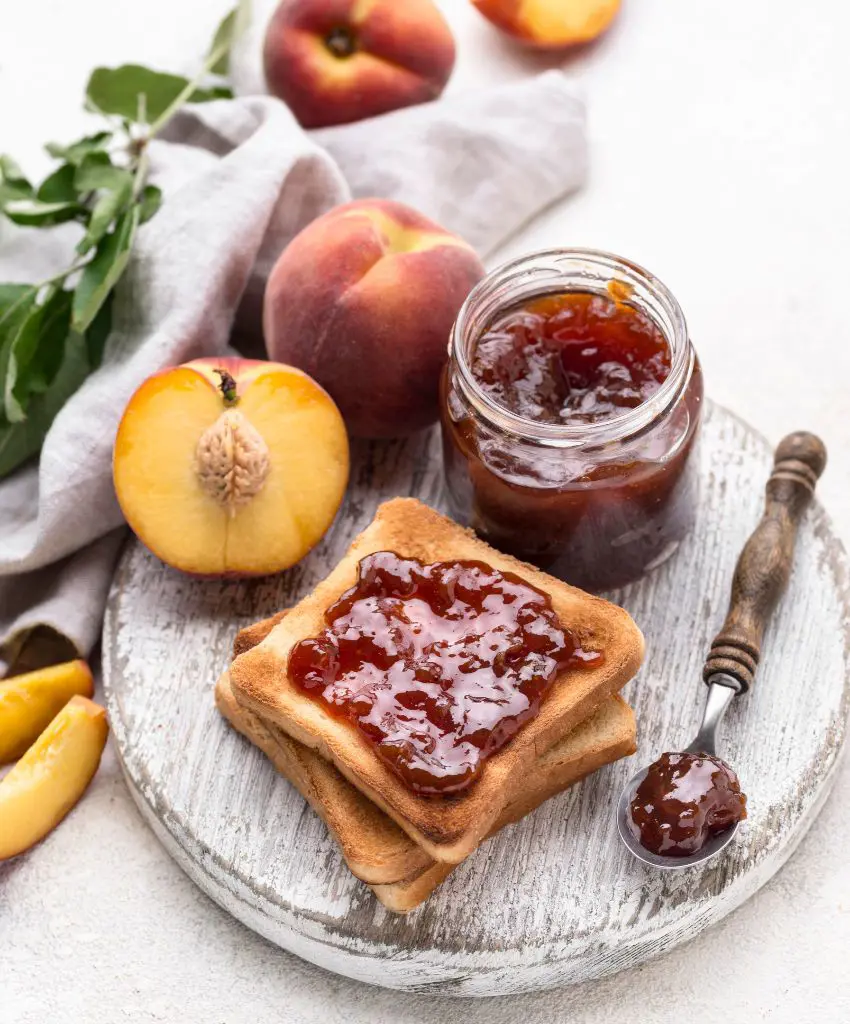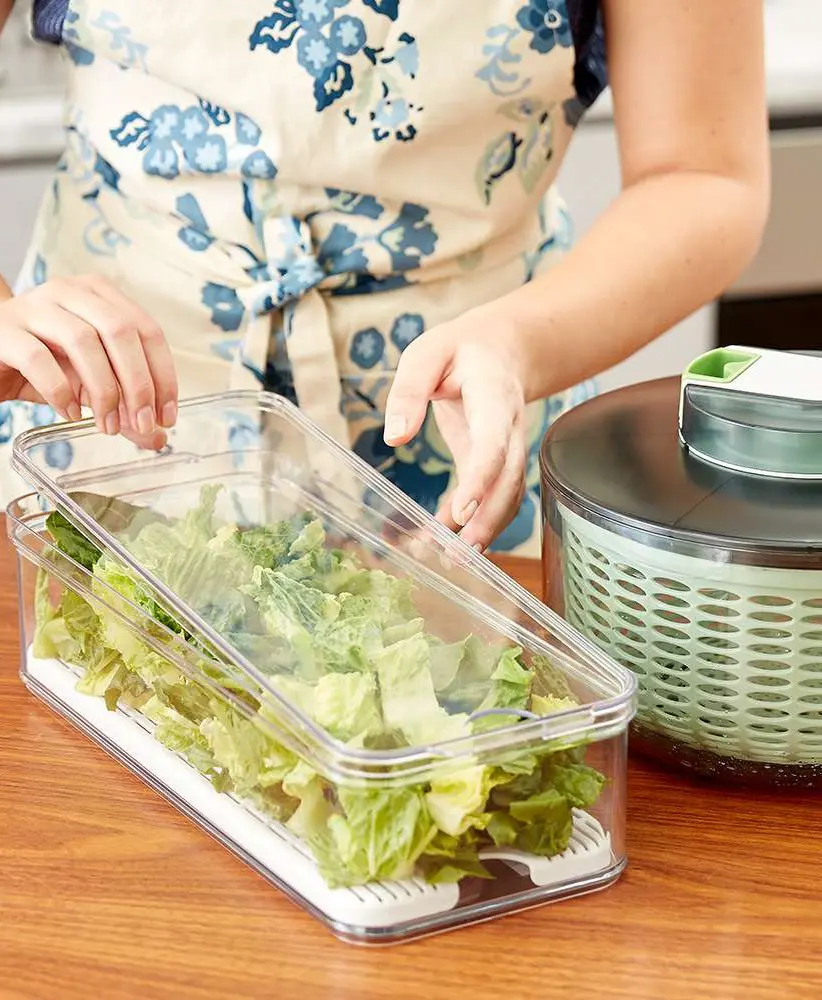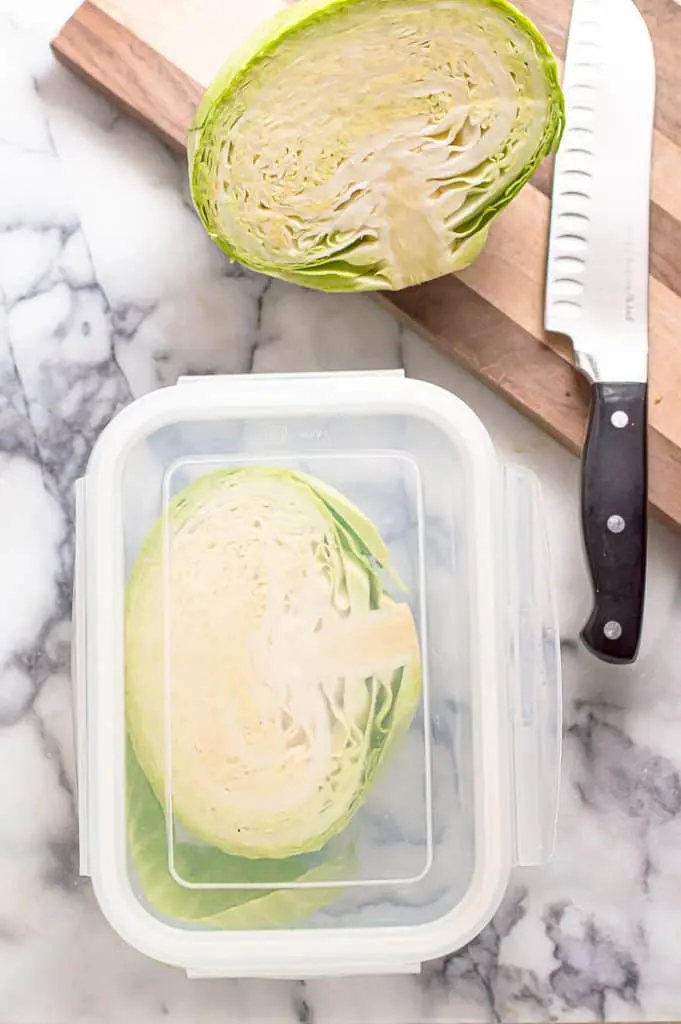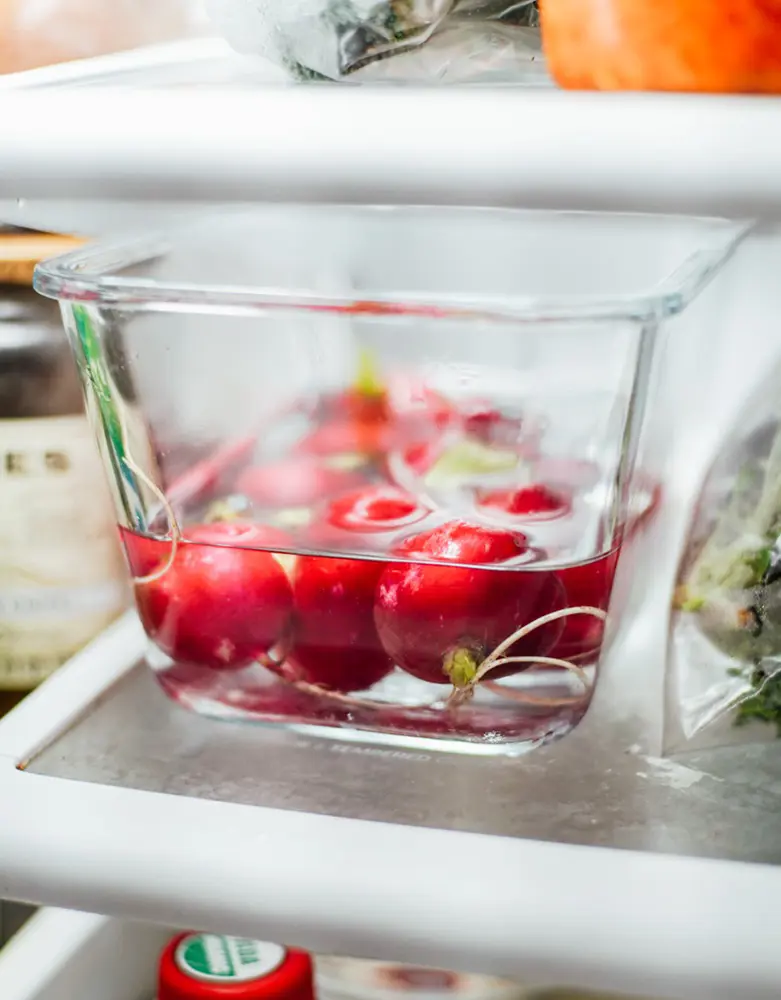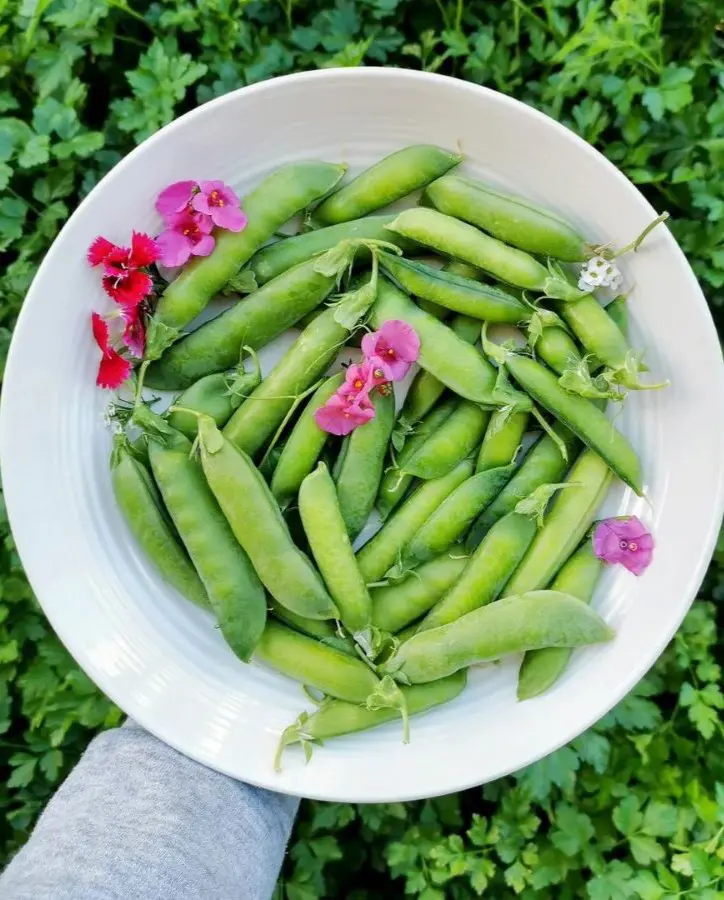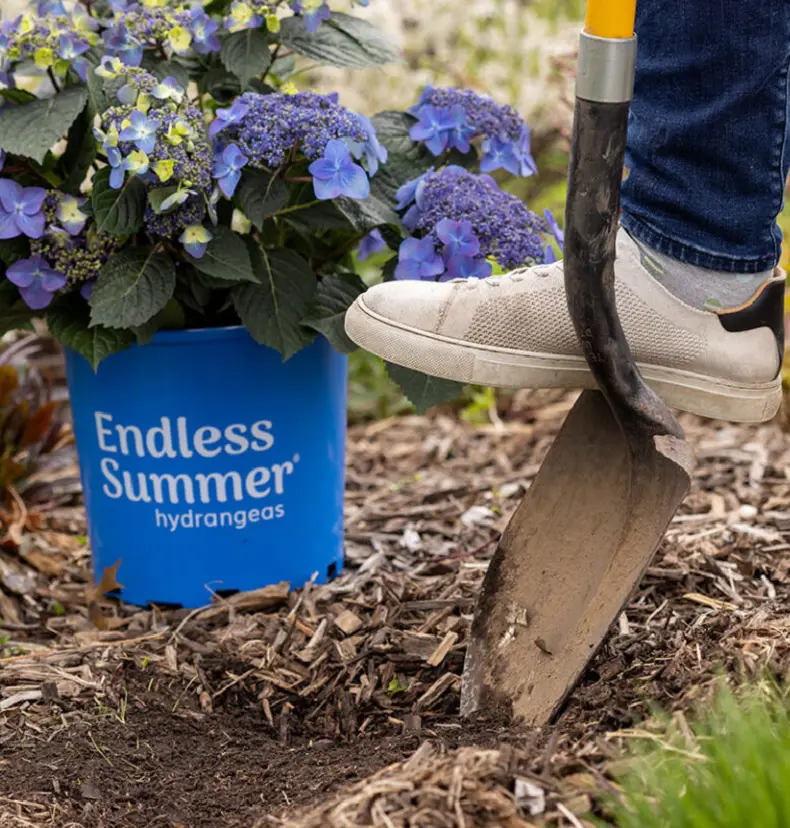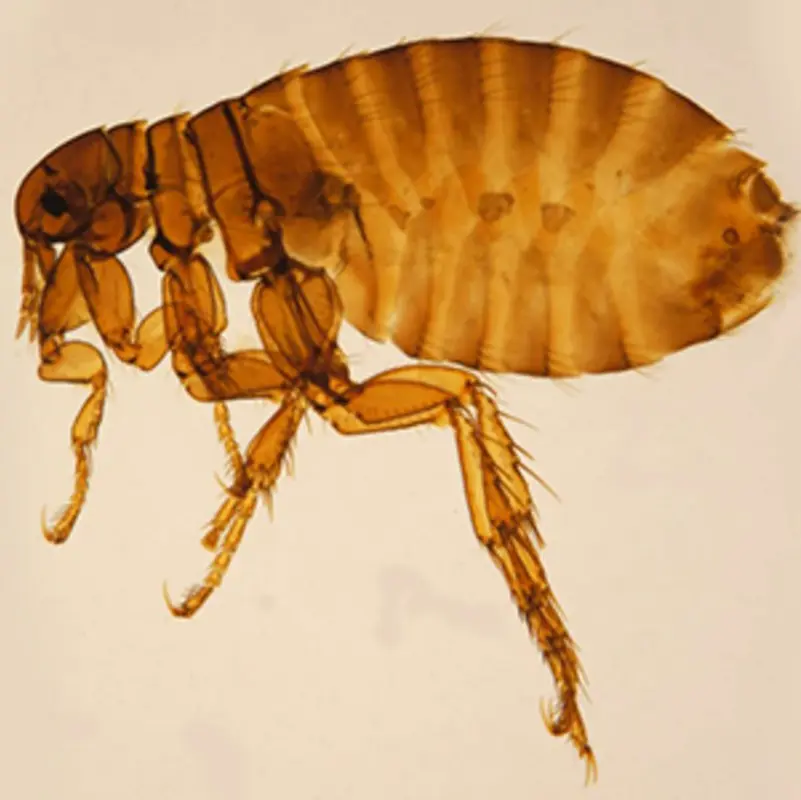How Long Do Fresh Peaches Last?

The shelf-life of fresh peaches depends on their freshness at the time of purchase and the conditions they are stored. It is important to know that fresh peaches can be stored for a few days up to a week or even more and there are ways to ensure that their freshness and taste would stay at their optimum.
1. Unripe Peaches
The green color denotes that they are not fully developed and they are hard to the touch and need to be harvested later so that they can be consumed at their best stage of maturity. When stored properly, unripe peaches can last for a few days as they ripen:
Room Temperature: Green peaches must be left at room temperature in a single layer to avoid squashing them. It will normally take one up to three days for them to complete their ripening process depending on their initial firmness.
Ripening Method: In case the peaches are not ripe enough, put them in a paper bag and this will increase the rate of ripening. This holds ethylene gas that the peaches release and stimulates ripening. It is however advisable to supplement the bag with a banana or an apple to speed up the process.
2. Ripe Peaches
When peaches are ripe, they are not long-lasting and hence should be used or preserved well to allow them to stay fresh. Ripe peaches are characterized by a slight give when gently pressed, a sweet aroma, and a vibrant color.
Refrigeration: Once fruits are ripe, they should be refrigerated to delay the process of ripening and keep them fresh for slightly longer. Ripe peaches should be kept in the refrigerator where they will last for up to a week. Put them in the crisper drawer or opt for a breathable bag to keep the proper texture instead of turning mushy.
Room Temperature: If you intend to consume the ripe peaches within the next one or two days, you can let the peaches sit at room temperature. Nevertheless, it is important not to expose them to direct sunlight or other sources of heat to prevent them from rotting.
3. Cut Peaches:
Such fruits as cut peaches are very prone to spoiling since they become exposed to air resulting in browning and loss of moisture. Proper storage methods can help preserve their quality for a short period.
Refrigeration: It is recommended to store cut peaches immediately so that they are not exposed to too much air; ensure that they are in a sealed container or covered tightly in plastic wrap.
This in turn helps to check oxidation and makes them remain fresh. The cut peaches are good for only one to three days when properly stored in the refrigerator.
Preventing Browning: It is recommended that to stop cut peaches from browning one should treat or rinse them with lemon juice or ascorbic acid. The acidic solution reduces the enzymatic browning reaction hence helping to preserve the looks and taste of fruits.




